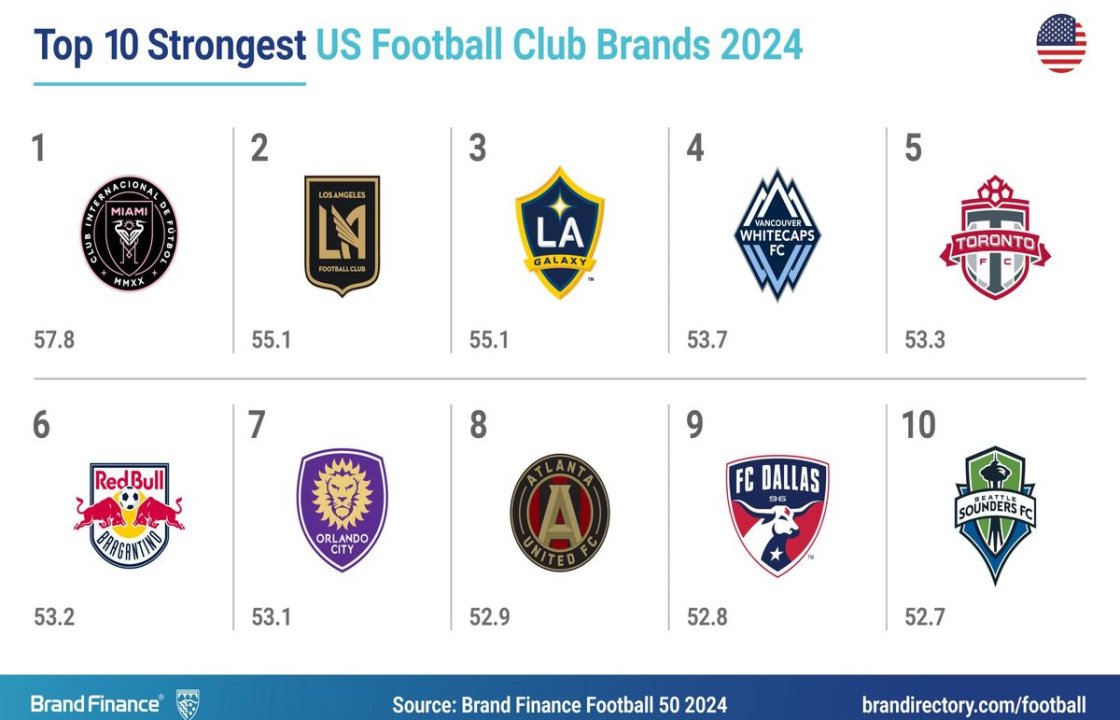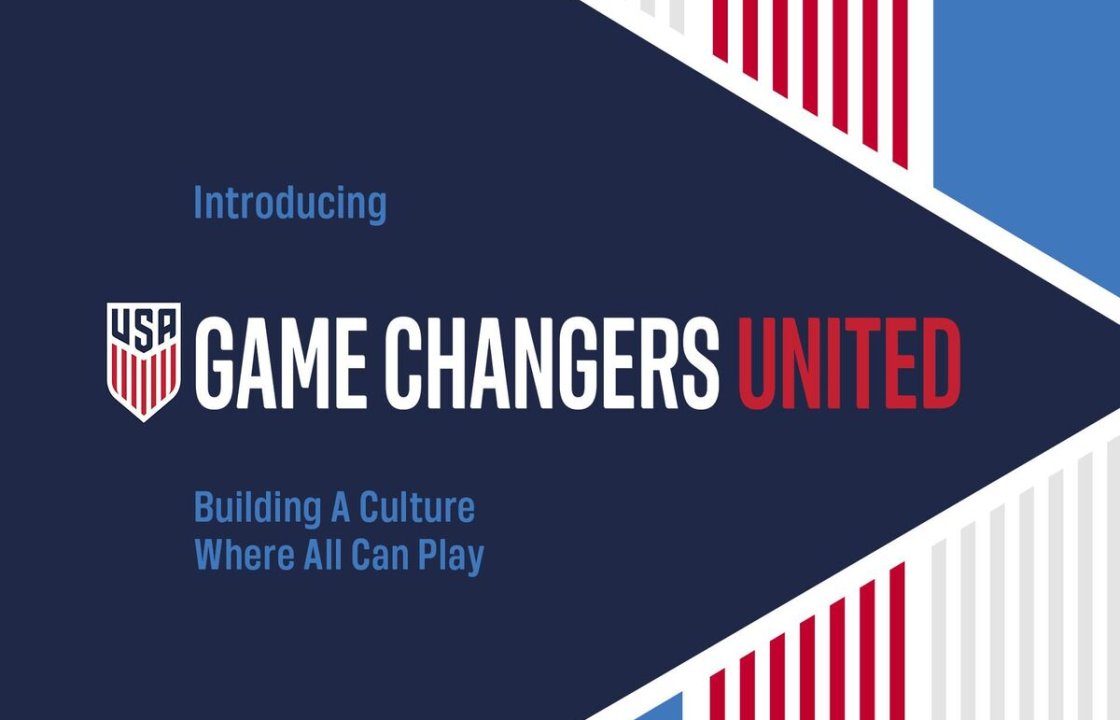Soccer in the United States is not only growing on the field, but also on screens, where social media has become the new digital stadium.
The Digital Rise of Soccer in America
In recent years, soccer has seen unprecedented growth in the United States—not just in stadium attendance and participation, but especially in the digital world, where social media platforms have redefined how fans engage, consume content, and emotionally connect with the sport.
This shift has been driven by several key factors. First, the growing population of young and multicultural fans, who live online and expect instant, visual, and shareable content. Second, the arrival of international superstars like Lionel Messi to Major League Soccer (MLS) has triggered a media explosion, bringing millions of new followers and views. Finally, clubs and players have come to understand social media as a strategic tool for building loyalty and expanding their reach.
Clubs as Digital Brands
Teams in the MLS, as well as those in lower leagues and college programs, now see themselves not just as sports organizations but as entertainment brands. In this context, having a strong digital presence is as important as winning on the pitch. Clubs like LAFC, Inter Miami CF, and Atlanta United have heavily invested in content teams that create exclusive, emotional, and viral material.

Behind-the-scenes footage, locker room celebrations, viral challenges, short-form interviews, and influencer collaborations are just a few of the ways they increase interaction with fans. The result is a digital community that lives every match as if they were there in person—commenting, sharing, reacting, and actively participating in the club’s journey.
Players, too, are realizing the power of building a personal brand. Young talents like Cade Cowell or Benjamin Cremaschi are attracting large followings by being authentic online, sharing daily routines, training clips, personal interests, and insights. These emotional connections boost engagement and create a stronger bond between fans and the players they support.
TikTok's Impact: Virality and Youth Soccer
One platform that’s completely transformed the soccer scene in the U.S. is TikTok. With its fast-paced, creative, music-driven content, it’s the perfect space to promote soccer to new audiences, especially teens and young adults. Highlight reels, trick shots, unique goal celebrations, and funny training moments now make up a daily feed for millions of users.
This viral format has democratized visibility. Young athletes from academies, high schools, or local leagues can go viral with a single play or a fun moment. It’s helping build a generation of influential young players whose reach goes beyond the scoreboard and into the hearts of fans.
TikTok has also helped break geographical boundaries. Today, a high school team in Ohio can attract followers from Argentina, Spain, or Japan. This kind of global digital exposure is a strategic advantage for American soccer, which seeks to grow its footprint on the international stage.
Data, Metrics, and the Future of Fan Engagement
On the flip side of this digital revolution is the world of data analytics. Social media provides real-time insights into what kind of content performs best, what topics fans care about most, and which moments generate the biggest reactions. Clubs and organizations no longer rely on gut instinct to make communication decisions—they rely on real-time data.
This enables smarter strategies to boost fan loyalty, tailor content, and run campaigns that genuinely resonate. In fact, some clubs are already leveraging AI tools to identify behavior patterns and predict upcoming trends.
Looking ahead, we can expect an even tighter integration between social media and the live game experience. Interactive livestreams, live polls, augmented reality, and immersive fan experiences are just the beginning of a soccer culture that’s not just watched—it’s co-created by fans around the world.

Social Media as a Tool for Inclusion and Community
One of the most powerful aspects of soccer’s digital rise in the U.S. is its ability to build community and promote inclusion. Soccer is by nature a multicultural sport, and in the United States, that diversity stands out. Social media platforms provide a common space where people from different countries, languages, and backgrounds can come together under one banner: their love for the game.
This has been especially impactful for women’s soccer, as well as soccer in Latino, Black, and Asian-American communities, who have often been underrepresented in traditional media. Now, thanks to platforms like Instagram and YouTube, their stories are told, their talent is seen, and their voices are heard. Social media hasn’t just offered visibility—it has empowered those shaping the future of the game from the ground up.
Additionally, digital platforms have been used to amplify social causes, from anti-racism campaigns to inclusion programs for individuals with disabilities. Many clubs and players now use their online profiles not just to entertain, but to educate, raise awareness, and mobilize support. In this way, soccer becomes a tool for positive social change, on and off the field.
At SIA Academy, We Play the Game Online Too
At SIA Academy, we know that developing elite players today means preparing them for the digital world as well. That’s why we don’t just focus on physical and tactical training—we also guide our players in how to manage their digital presence, build a personal brand, and use social platforms to share positive values.
Our players learn how to be thoughtful and responsible with their social media, how to create engaging content, and how to become ambassadors for both the game and the community. We also feature their progress on our own social channels, giving them global visibility and connecting them with scouts, clubs, and sponsors from around the world.
Through videos, match highlights, personal interviews, and behind-the-scenes moments, we show that talent shines not only during the match—but also in how players connect with the world. Because today, soccer doesn’t end at the final whistle. A new play begins every time a camera turns on.
Soccer in the United States is building its future not only in training sessions but also in algorithms and online communities. Social media is the stadium of the 21st century, and players, fans, and clubs are writing the next chapter of the game together. With the right values and vision, social platforms can be the ultimate tool to elevate U.S. soccer to new heights. And in that journey, we all have a role to play.


